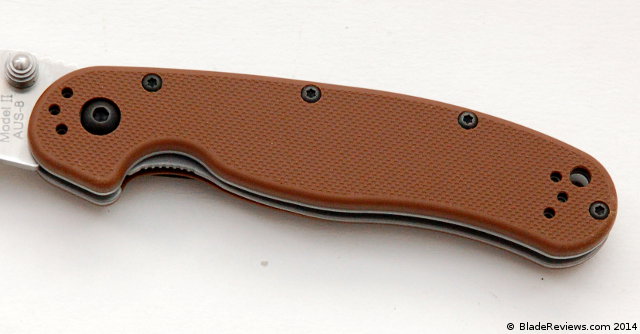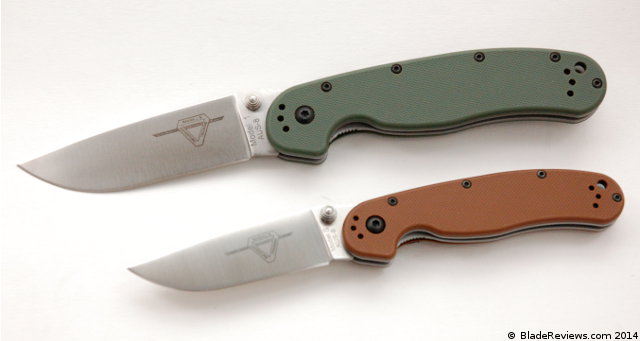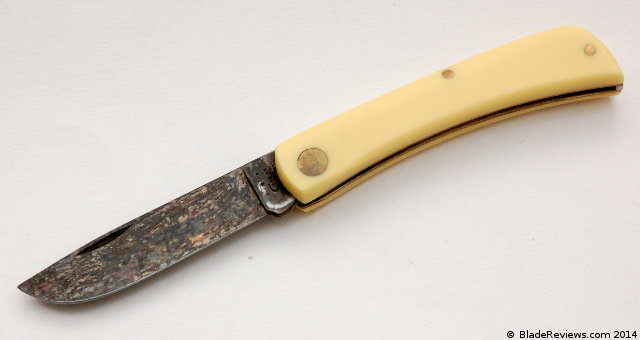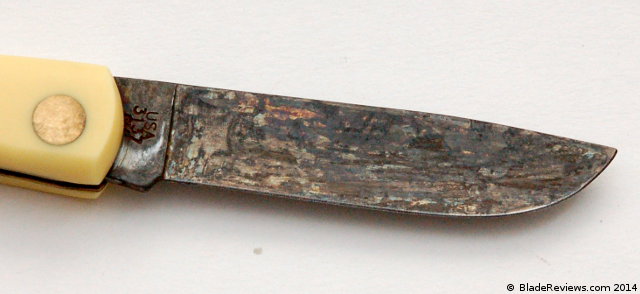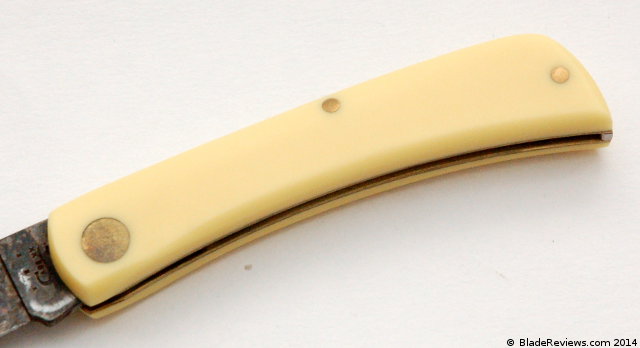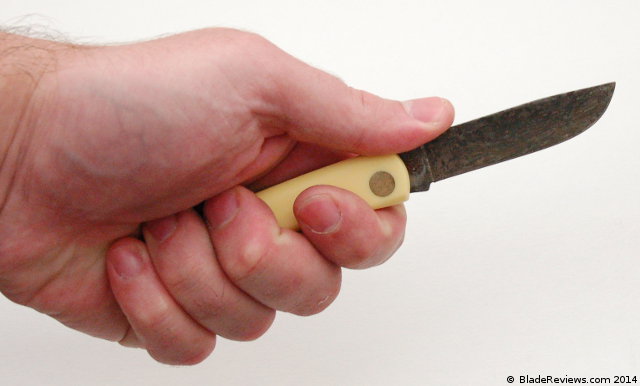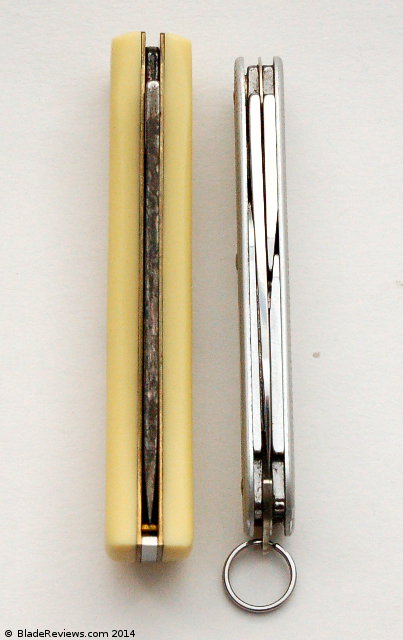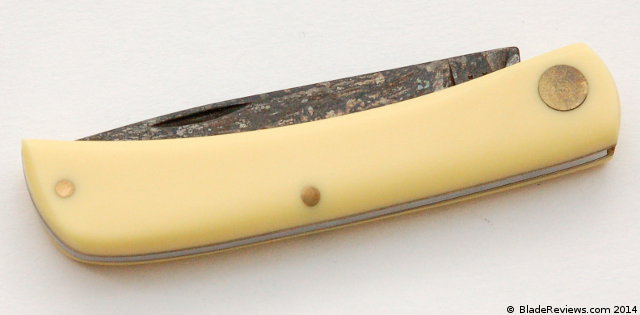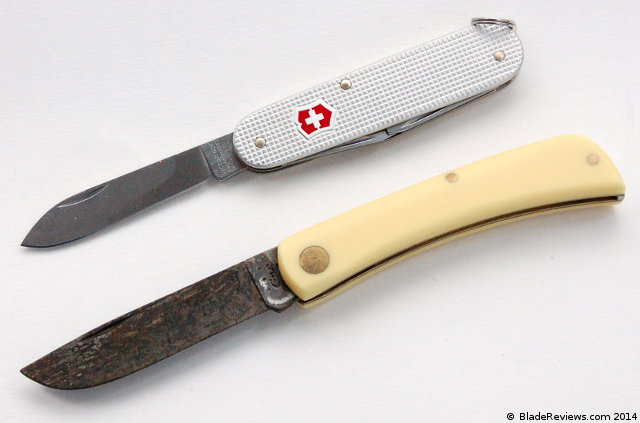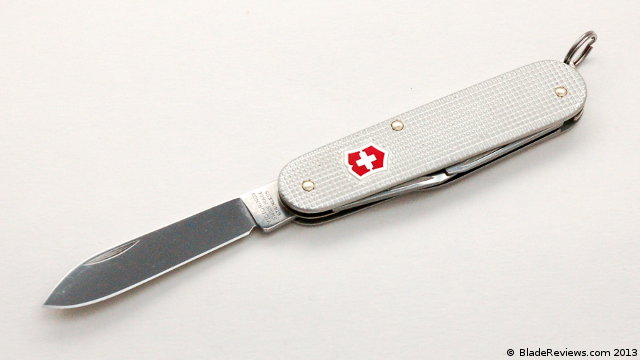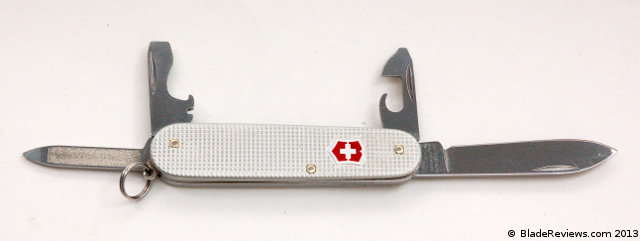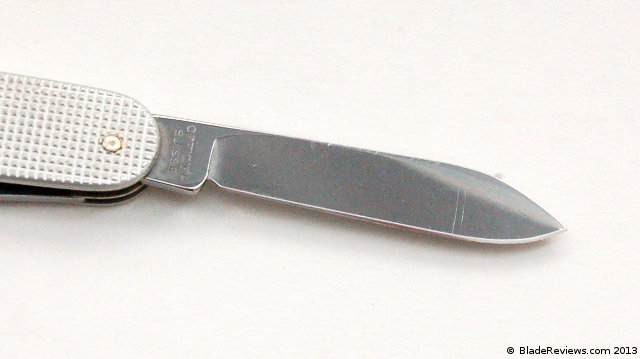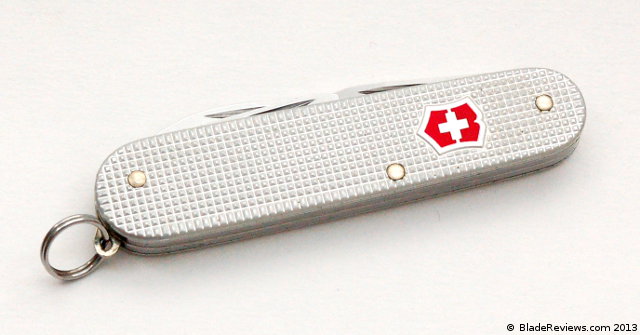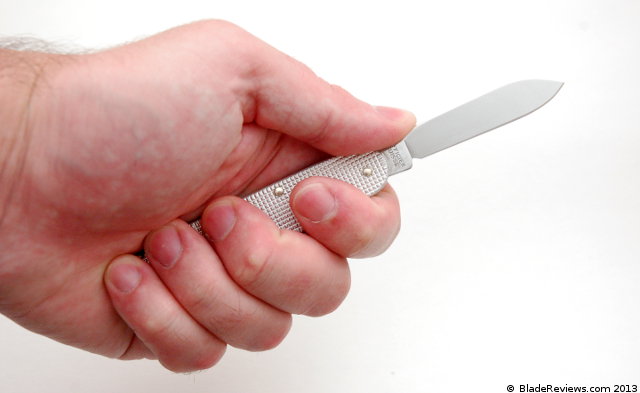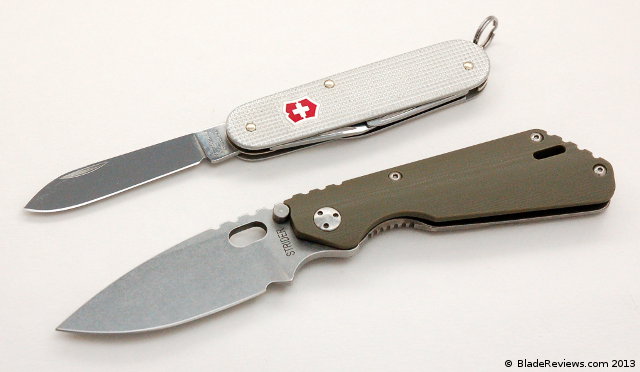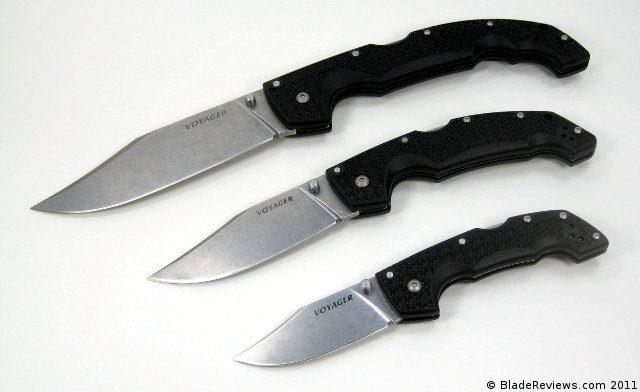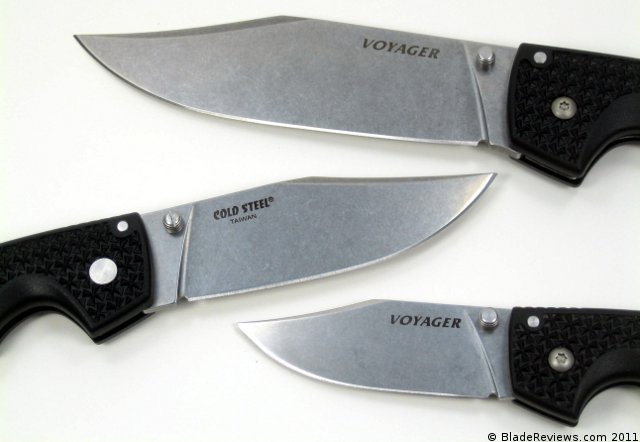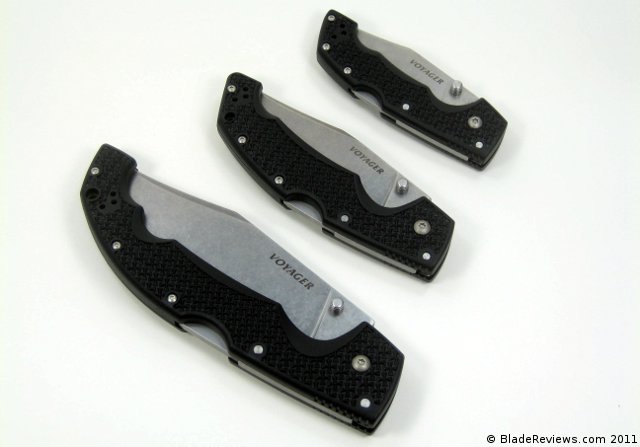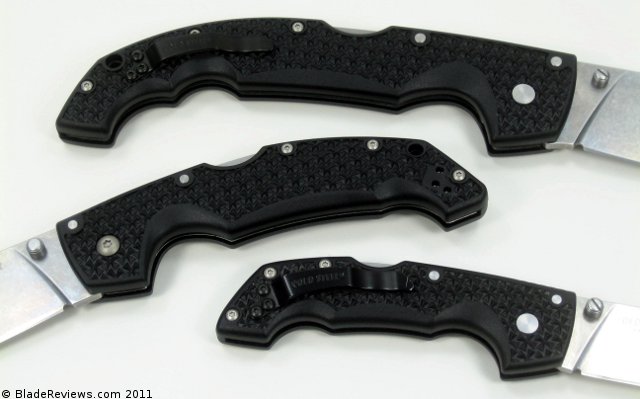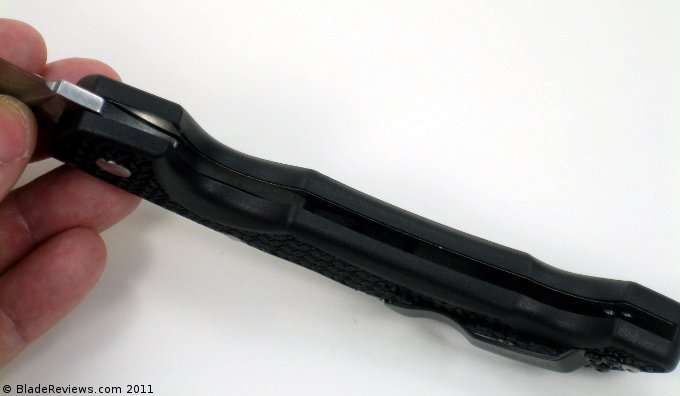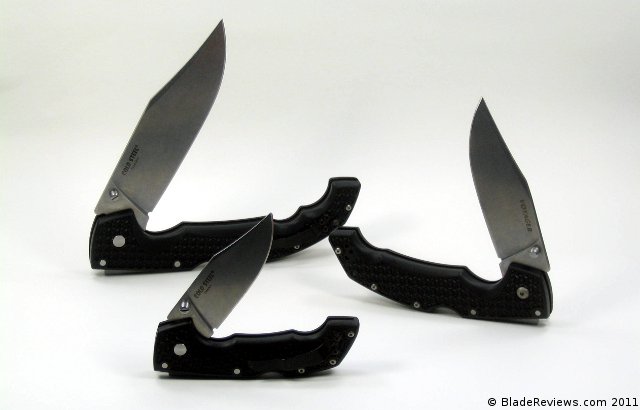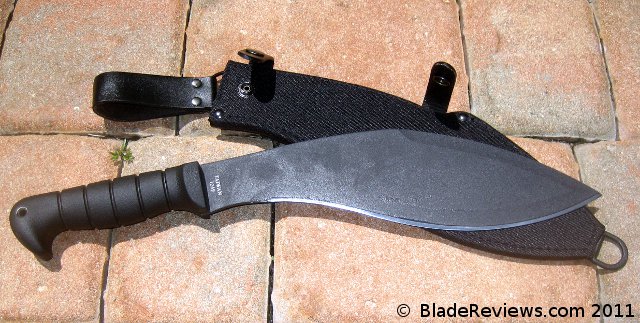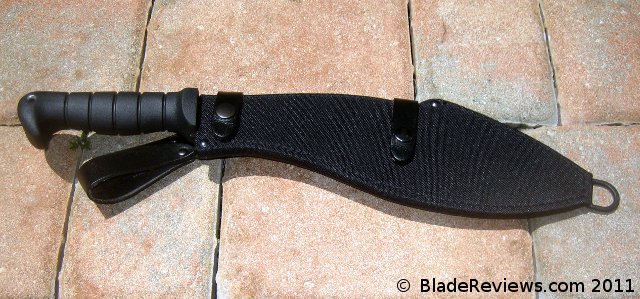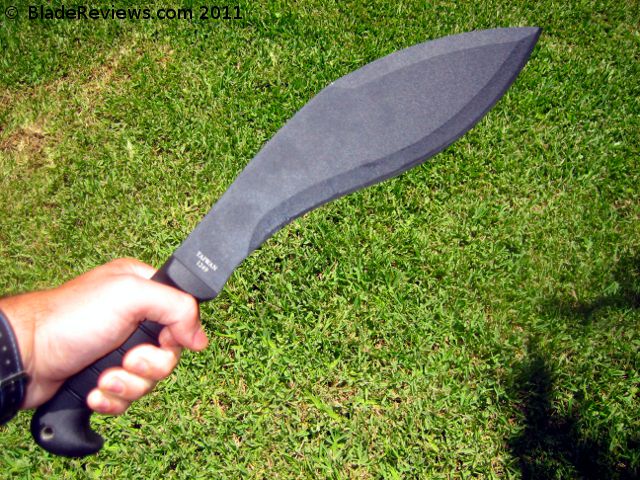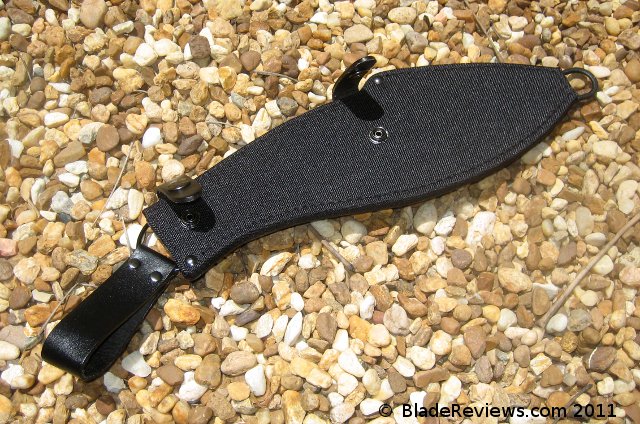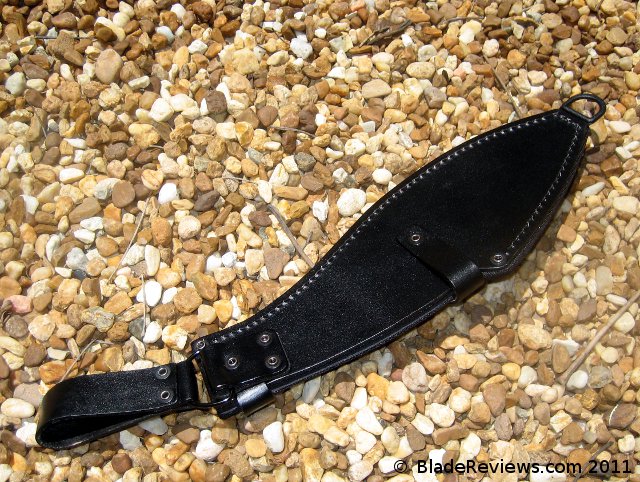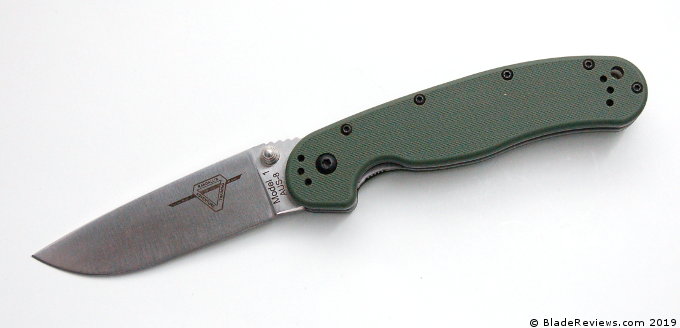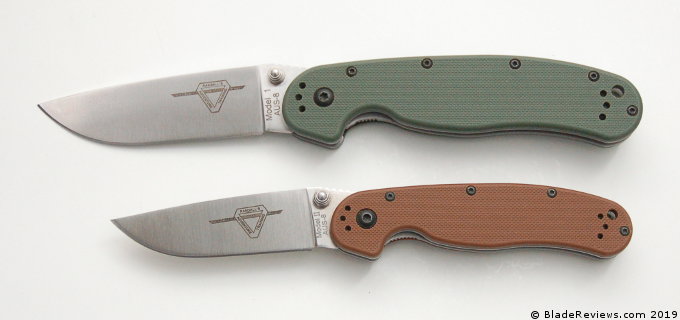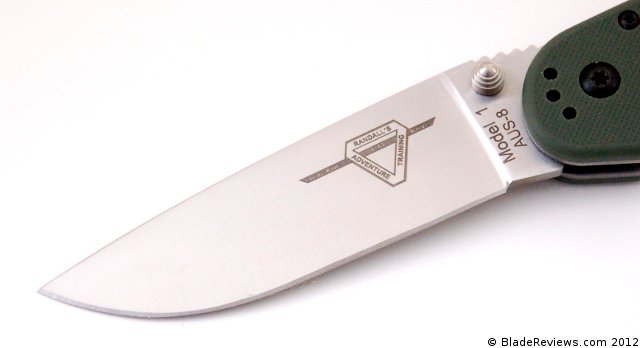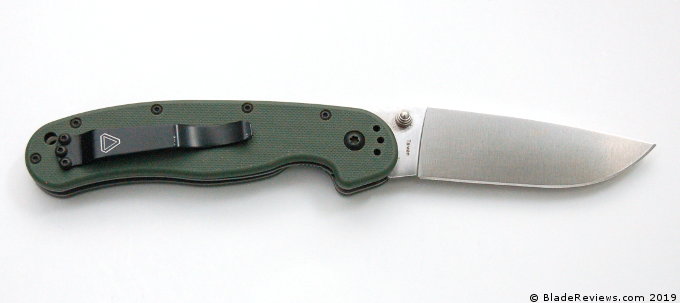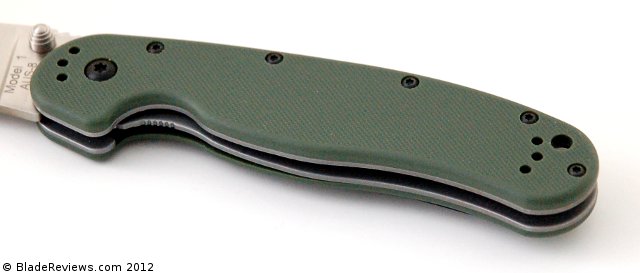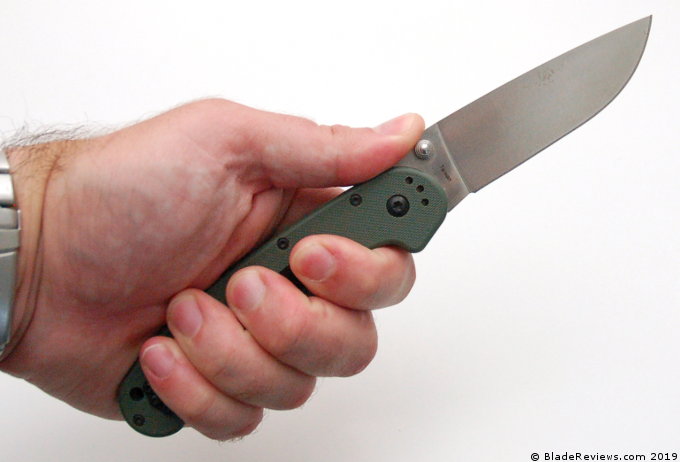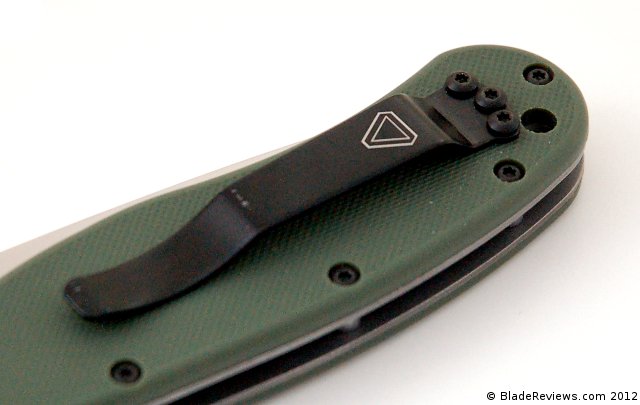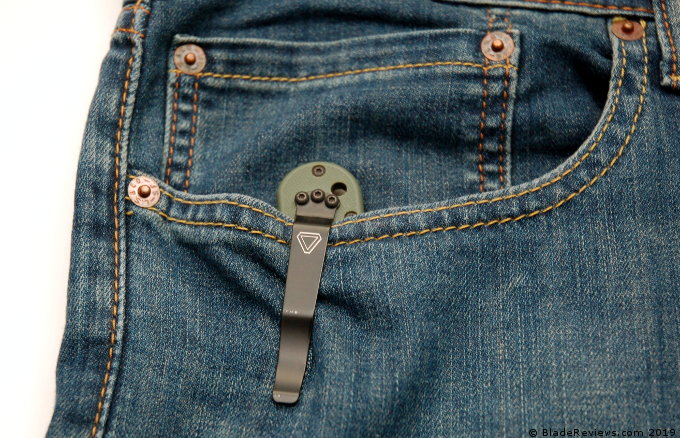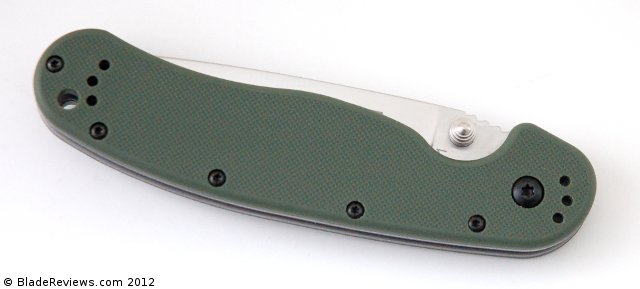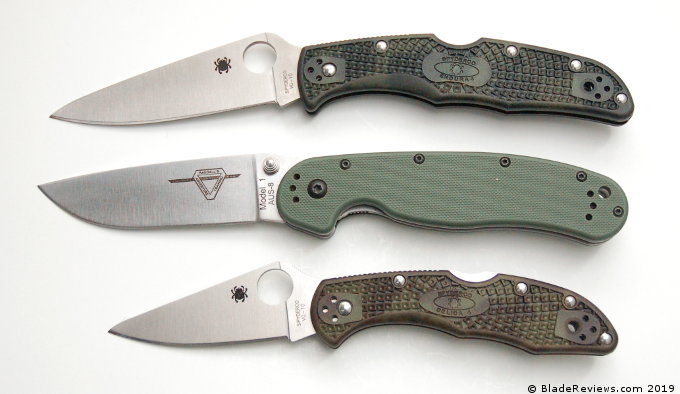Last Updated: March 9, 2018
Not everyone who reads the site knows about this, but I do have a couple sections dedicated to knives I have reviewed and recommend. Of particular interest could be the recommended EDC knives section, and the recommended tactical knives section, as these types of knives are generally pretty popular. When browsing those lists there are a few special knives that make the cross over to both categories.

Buy the Ontario RAT II at BladeHQ
Typically, these are gold standard blades like the Spyderco Paramilitary 2 and Benchmade Griptilian which are great knives, but clock in at $110+ and $70+ respectively. But then there is another category, the recommended high value knives section, where I try to limit the knives to $50 or less. It is quite rare to find a knife that can fall into all 3 categories. The Ontario Rat I is one of those knives.
I reviewed the RAT I a couple years ago, and I am still of the opinion that those seeking serious bang for their buck when it comes to a big EDC / “tactical” knives would be well served with a RAT I. That’s great for guys wanting a big knife, but what about the rest of us who are looking for a more pocket friendly EDC?
Enter the Rat II. It has everything we all know and love about the Rat I, but in a much more compact package.
General Dimensions and Blade Details
The Rat II is 7″ long, has a 3″ blade, weighs 2.75 ounces, and is made in Taiwan. This is a great size for urban EDC. It is both pocket and people friendly, and you still have enough knife to get some real work done. Of course, if you are looking for something larger then the Rat I has you covered.
The blade is a modified drop point design. Nothing about this knife is particularly sexy looking, but this plain utilitarian blade gets the job done. The full flat grind is thin, and the knife zips easily through all manner of material. The tip is plenty pokey for detail work while the bright satin finish is both attractive and corrosion resistant. They do offer the knife with a shiny black coating, but it is not very durable. I prefer the satin finished version.
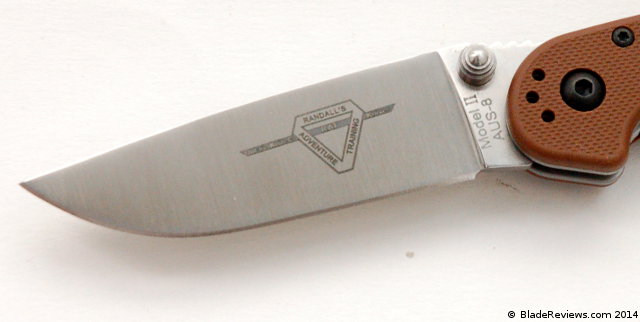
Just like the Model I, the Rat II comes in AUS 8 blade steel. Steel snobs may turn their nose up at AUS 8, but my own testing and use has proven again and again that AUS 8 takes a great edge, is super easy to maintain, doesn’t chip out easily, and resists rust and corrosion. For a $30 folder, AUS 8 is about as good as it gets.
Handle, Ergonomics, and Pocket Clip
The handle on the Rat II features the same robust design of it’s bigger brother. You have plastic scales over full stainless liners with pillar (or “flow through”) construction. It is simple and effective. I also like the choice of handle colors and the black hardware. This knife is made in Taiwan, and like many of the other Taiwanese knives I have handled, this knife features exceptional fit and finish. One nit pick is that the handle scales are plastic. I would prefer some G10, but some corners have to be cut when your are targeting the under $40 market.
From an ergonomic standpoint the Rat II is pretty good. Obviously it’s not going to be as comfortable as the oversized Rat I, but, given the size of the knife I was still able to get a nice grip on it with my larger hands. Extra large hands may run out of real estate, but you could always choke up near the ricasso and gain a little extra room. The plastic scales are comfortable. All the corners have been rounded, and a texture provides some feedback without being aggressive. The jimping on the other hand is pretty aggressive. Under extended use this jimping definitely bites into your thumb, and I don’t like that aspect of the knife. All said though, and this is a decent knife to work with.
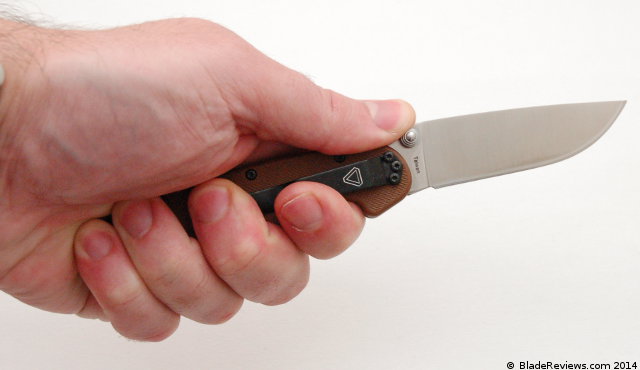
The pocket clip is a classic shape (think Benchmade or Emerson), comes with a painted satin black finish, and can be put on any of the 4 corners of the knife. It’s simple, discrete, and totally functional. The painted clip does show wear easily, but this is a user so I don’t mind. In pocket the knife rides low and stays where you want it to. I really cant complain about its simple and utilitarian design.
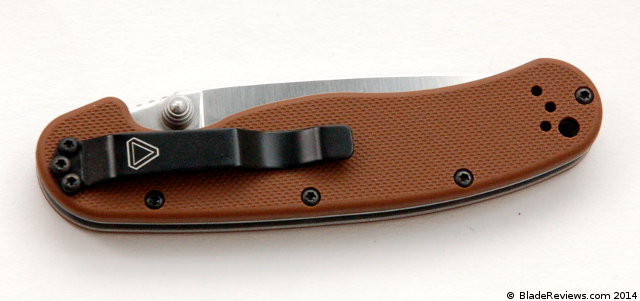
Deployment and Lock Up
For a low end knife the Rat II is surprisingly smooth. The Aus 8 blade glides on sintered bronze washers. A gentle nudge of the ambidextrous thumb studs sends the blade cascading out with a satisfying “thwack”. The blade on my knife came perfectly centered, which adds another level of enjoyment to the knife.
For lock up, you have a robust liner lock. This is a beefy liner lock, and there isn’t even a suggestion of play when I tug the blade in any direction. This is a great choice for hard use tasks, and I don’t hesitate to use this as a work knife. In fact, it’s a great choice for those nasty jobs you don’t want to risk a more expensive knife with. The blade locks up tight and the lock bar disengages easily when you need it to.
Ontario Rat II Review – Final Thoughts
For the money the Rat II is a hall of fame blade that makes my lists for both recommended EDC and recommended high value knives. It may not be the prettiest pony in the stable, but if you subscribe to the philosophy of function over form, want a folding knife with a 3″ blade, and have around $30 to spend, then the Rat II could be just the knife you are looking for. My biggest gripes were about the plastic handle scales and aggressive jimping. Beyond that I find very little to complain about, and these are easy objections to overcome given the price.
Just like it’s big brother, the Rat II is a no-nonsense tool ready to provide years of service.
- secure: the ambidextrous handle features textured black nylon 6 scales with an open-built steel linerlock frame
- comfortable: the rat-2 knife is a handheld size designed for comfort and performance making it ideal for everyday carry
- dependable: quick and easy access with dual thumb studs and a 4-way reversible pocket clip
- "durable: the rat-2 comes equipped with a 3" plain edge blade made of reliable aus-8 stainless steel as well as a textured nylon handle"
- "convenient size: the 4. 1" closed length handheld size is ideal for every day carry and fits in the hand and pocket comfortably"
I recommend purchasing the Ontario Rat II at Amazon or BladeHQ. Please consider that purchasing anything through any of the links on this website helps support BladeReviews.com, and keeps the site going. As always, any and all support is greatly appreciated. Thank you very much.
